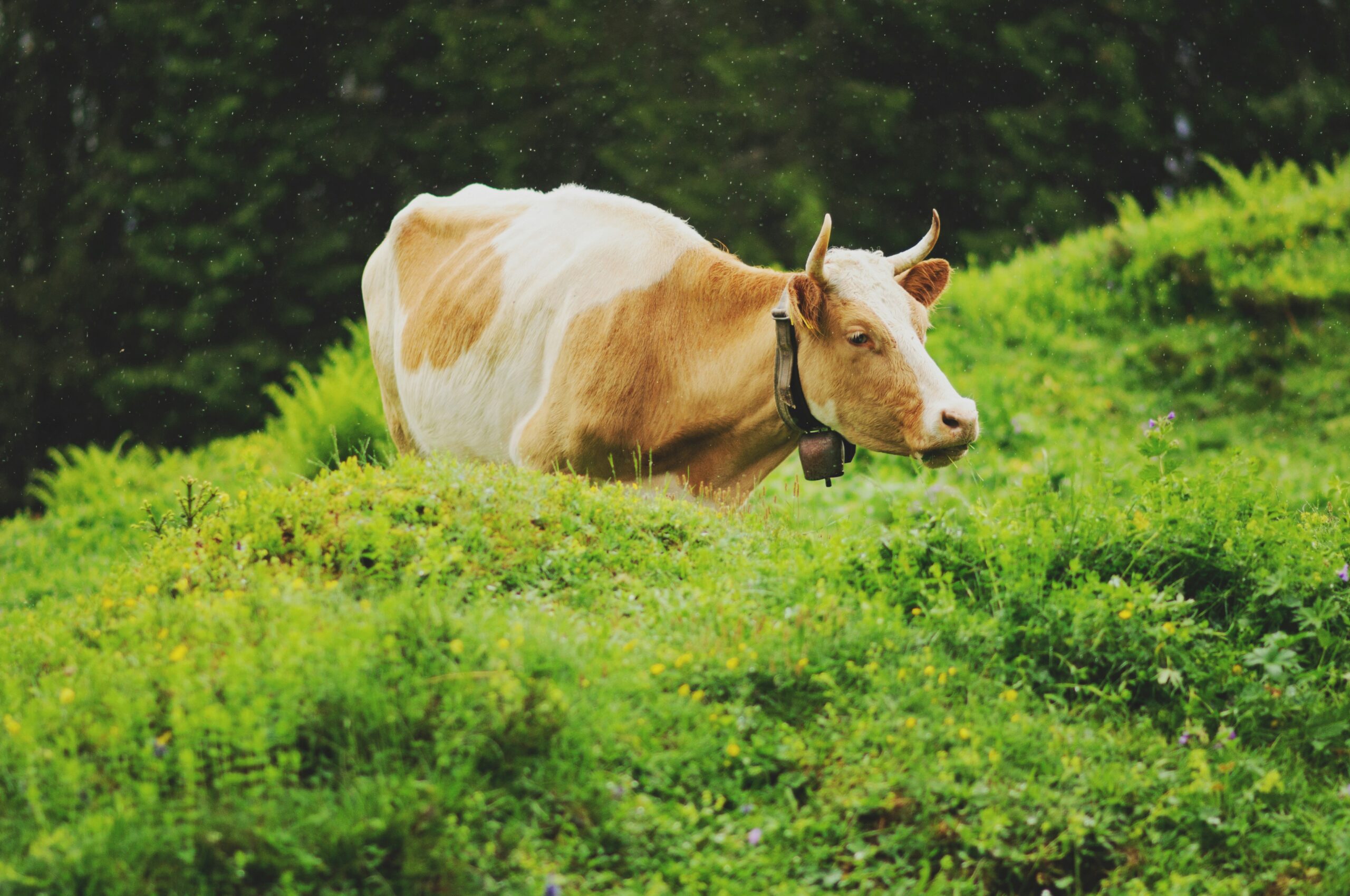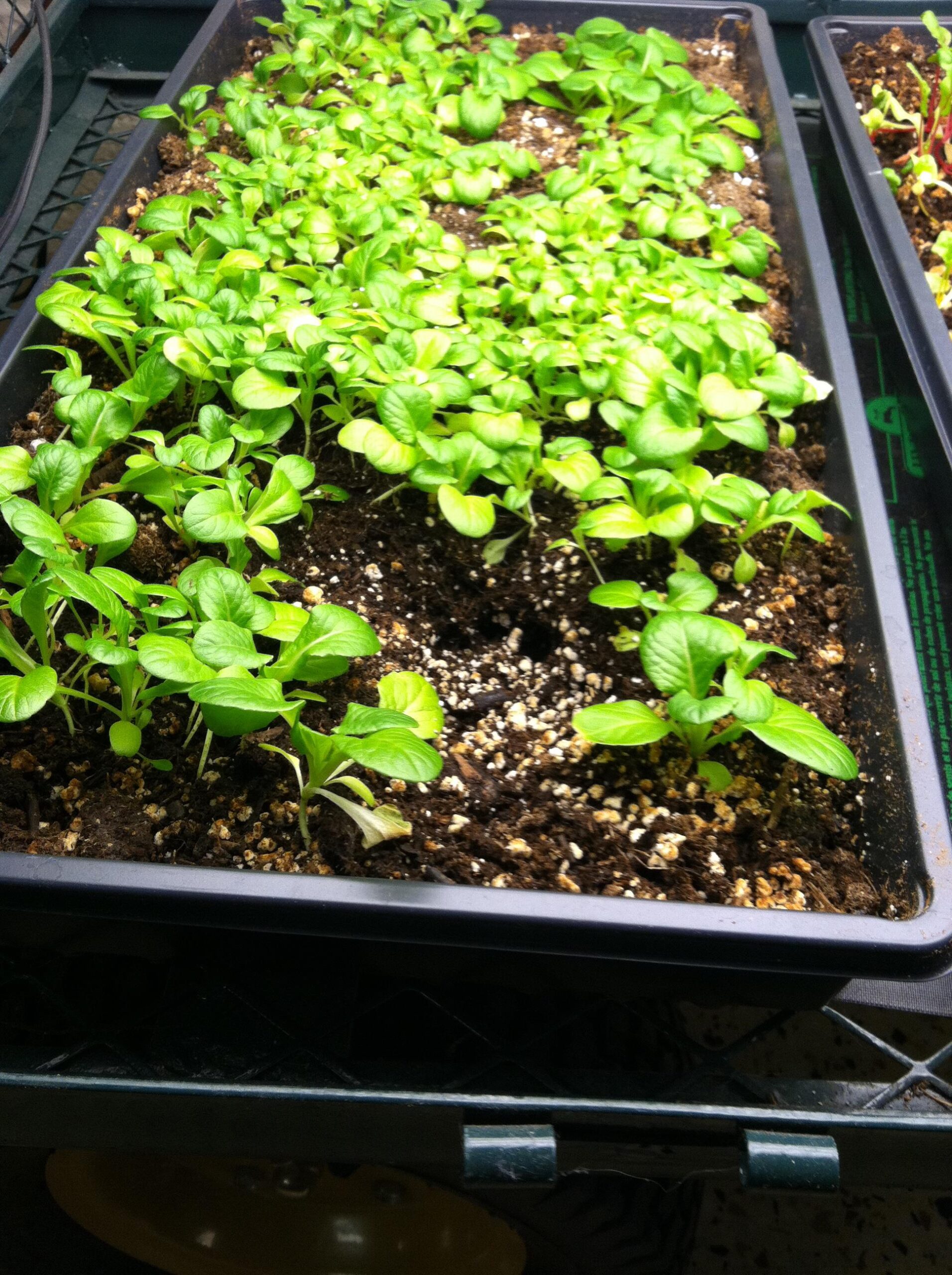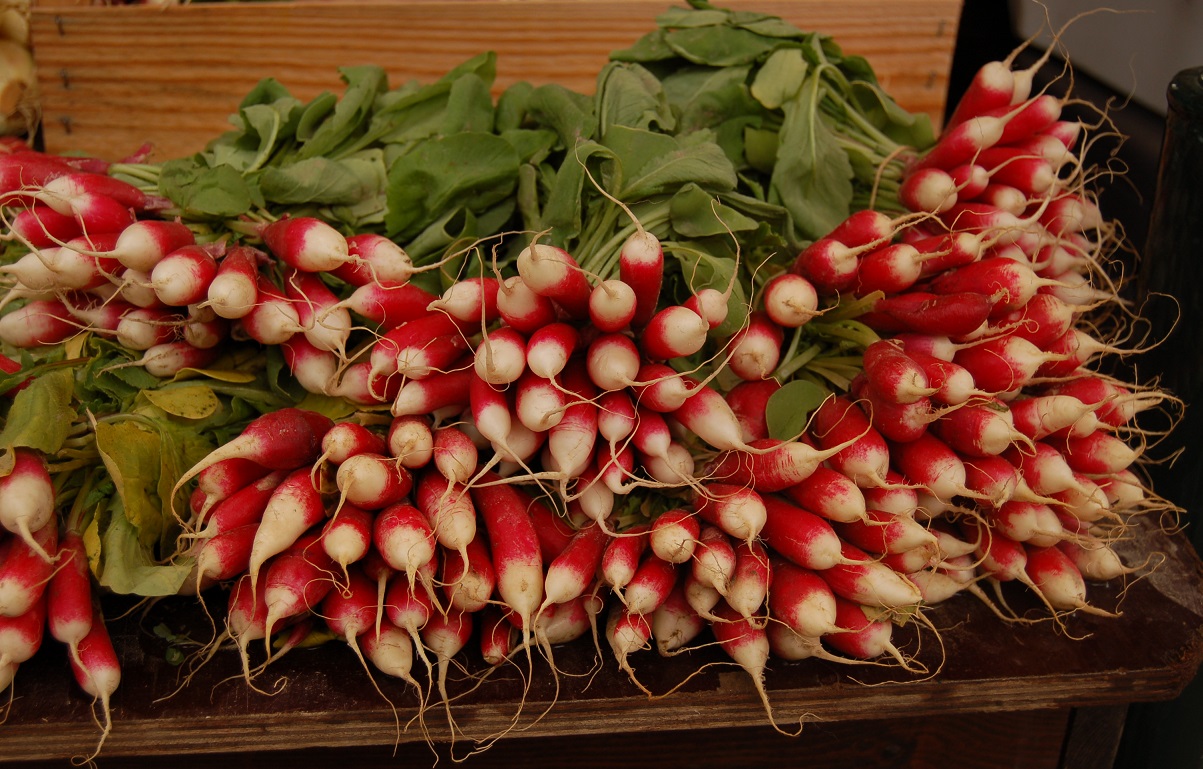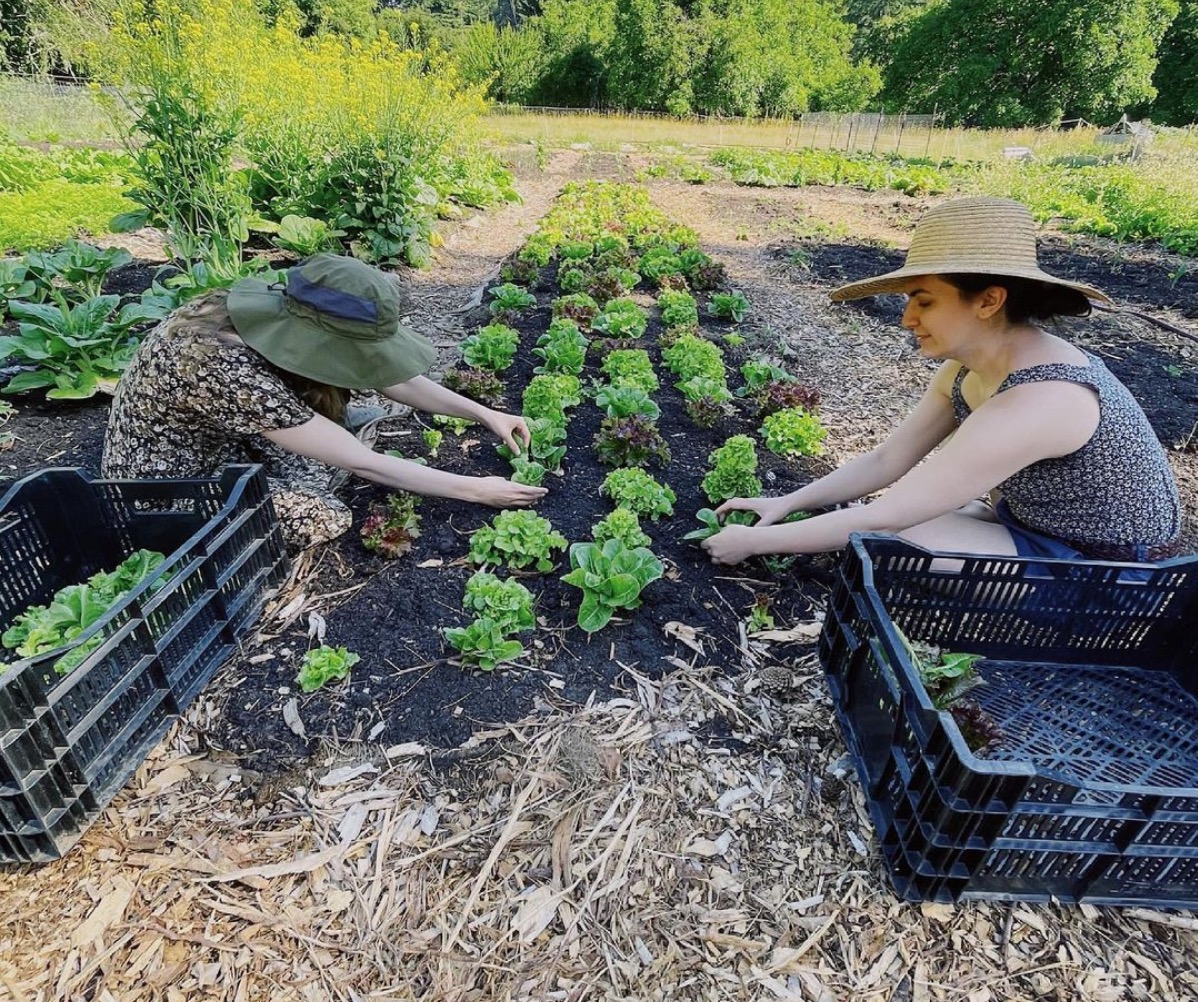Image courtesy of Anshu A on Unsplash
Japan is a country that aims to create value from poop. They are defining how to convert agricultural waste from cows into hydrogen fuel. “This project to produce hydrogen from livestock manure originated in Japan and is unique to this place,” says Maiko Abe from Air Water, one of several companies involved in the hydrogen farm project.
Hydrogen does not emit carbon when burned, making it a great alternative to fossil fuels. There are widespread hopes that it could be used as a sustainable fuel for cars, trains, ships, aircraft, and heating homes. Hydrogen has almost three times the energy content of gasoline when taken by mass alone; however, hydrogen is the lightest gas in the Universe and requires more storage space than fossil fuels like gasoline, diesel, and natural gas. Scaling production and storage also require large amounts of energy and infrastructure.
The Shikaoi Hydrogen Farm is creating a model for a circular economy that it hopes will show how costs can fall with the economies of scale. While the electricity needed to produce and store the hydrogen currently comes from the national grid, Abe said shifting to green energy sources such as sea, wind, and geothermal sources, would reduce the carbon emissions footprint.
Others are also pursuing transforming poop into energy. Engineers at the University of Illinois Chicago recently developed another promising method to make hydrogen involving manure. They used manure, sugarcane waste, and corn husks to produce biochar, a carbon-rich substance that vastly reduces the amount of electricity needed to convert water to hydrogen.





